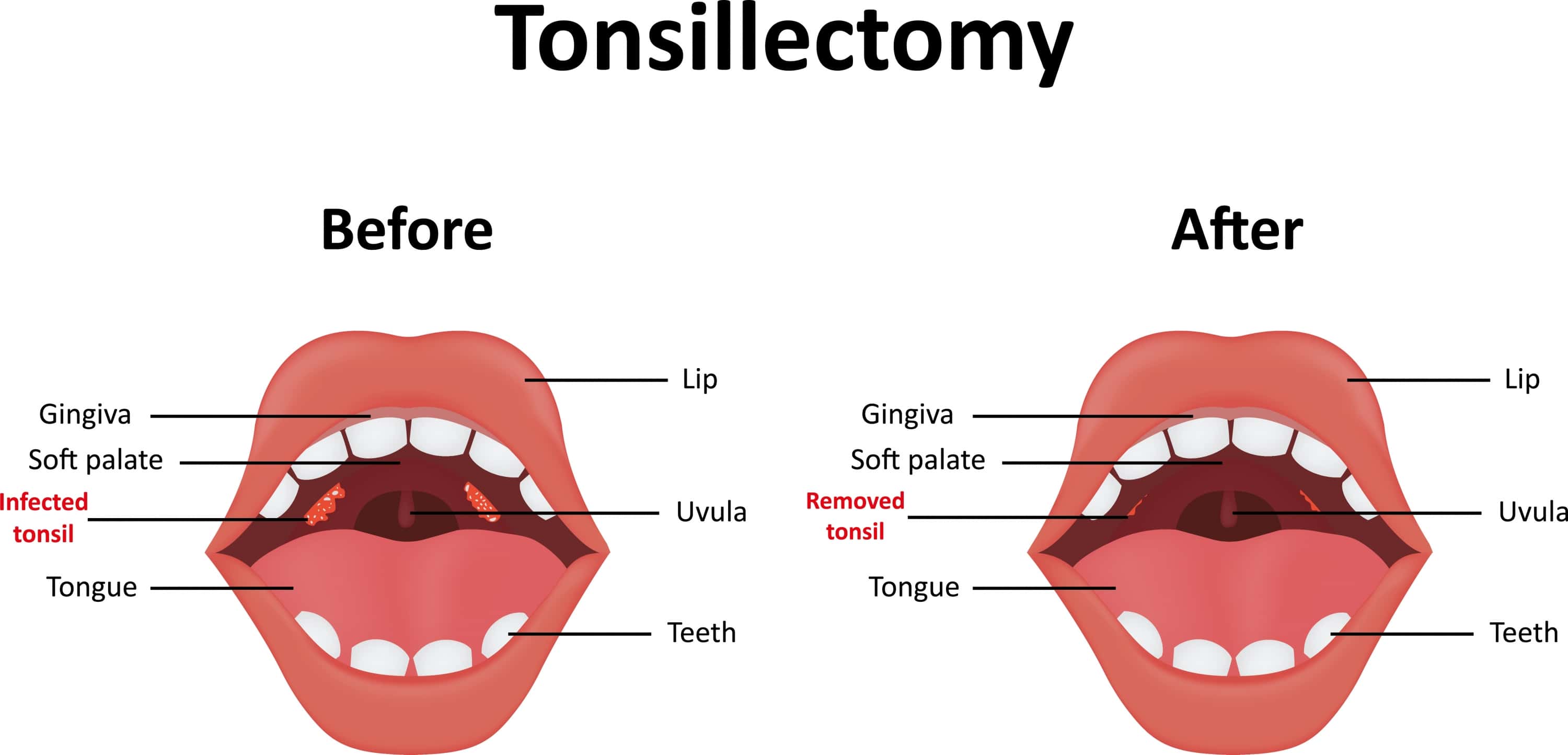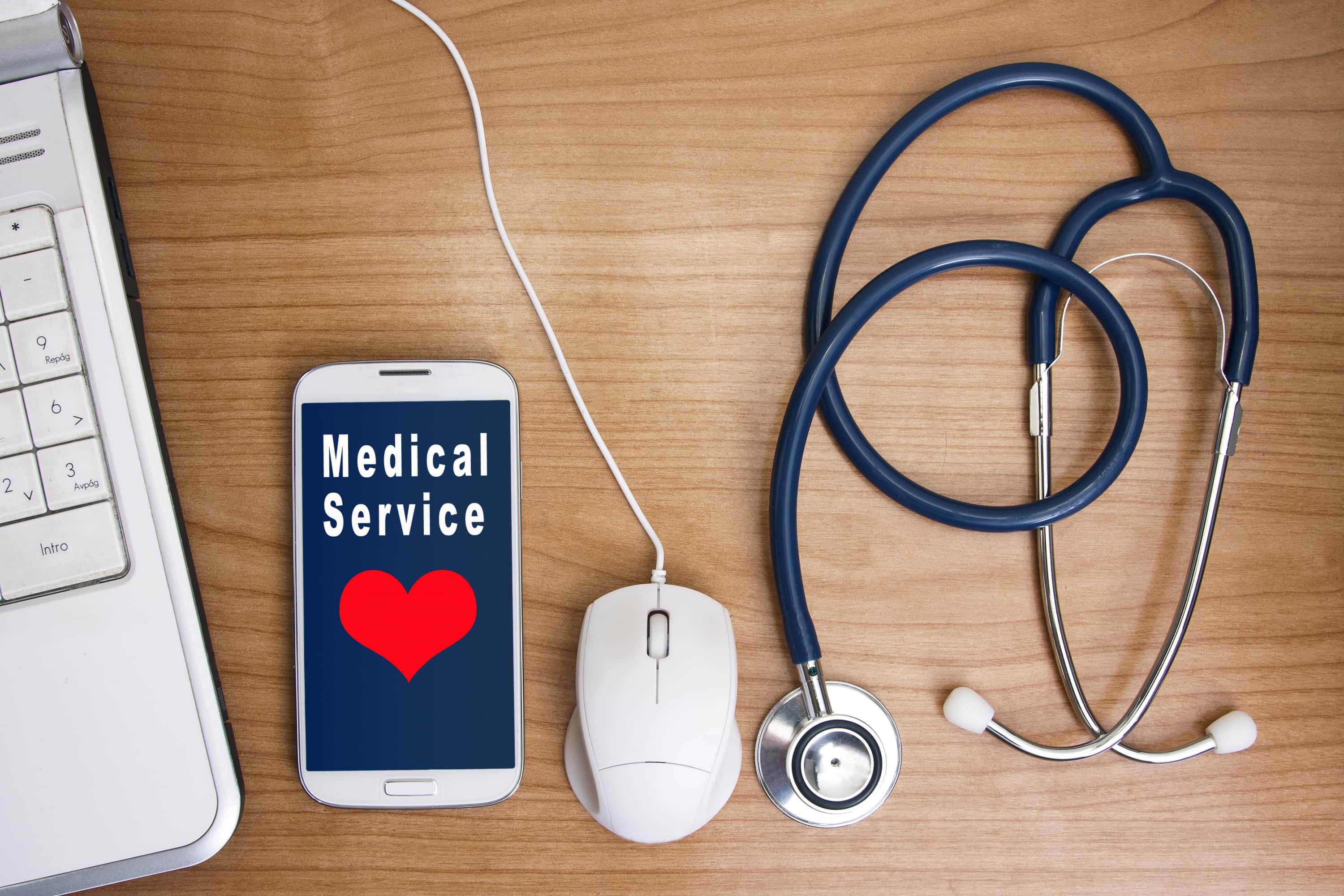
Cesarean delivery, the most commonly performed major surgery in the United States, is often conducted under neuraxial anesthesia, however epidurals are routinely removed immediately after operation and spinals wear off within hours. Effective perioperative pain management relies on a multimodal approach to avoid complications such as delayed functional recovery, impaired maternal-fetal bonding, increased postpartum depression, and persistent chronic pain – all associated with poor perioperative pain control. Incisional and pelvic pain may persist beyond 6 months after surgery in up to 18% of patients, at incidences higher than associated with vaginal deliveries but lower than non-obstetric surgeries.
Neuraxial anesthesia is preferable to general anesthesia in regards to prevention of persistent pain after cesarean birth, unsurprising as severe acute postoperative pain is one of the strongest predictors of the development of chronic pain. Single shot spinal anesthetics are the most common method, with epidural and combined spinal-epidural anesthetics as alternatives. While continuing epidural analgesia after the immediate postoperative period may be a viable option for high-risk patients (i.e. those with preexisting chronic pain), routine use risks increased thromboembolic events due to decreased mobility, increases costs, and burdens nursing staff.
Neuraxial (intrathecal or epidural) morphine has a longer half-life than more lipophilic opiates such as fentanyl, with a duration of action from 14 to 36 hours. The optimal dose is unclear, with escalating doses (>100mcg) leading to increased side effects such as nausea, vomiting and pruritus. Respiratory depression can occur, but was not observed in studies reviewed in a 2016 meta-analysis. Even in women with risk factors for respiratory depression (e.g. obstructive sleep apnea), neuraxial opiates are still recommended over IV opiate administration.
Scheduled non-steroidal anti-inflammatory medications and acetaminophen is recommended in all patients undergoing cesarean delivery unless contraindicated (e.g. postpartum hemorrhage would preclude the use of NSAIDs). NSAIDs decrease opiate use by 30-50%, and acetaminophen by 20%.
Wound infiltration of local anesthetics can reduce pain scores and opiate use for up to 48 hours postoperatively, with continuous infusion via subfascial catheters placed intraoperatively being more effective than single dose techniques. These catheters offer more mobility than epidural catheters, but only treat somatic and not visceral pain.
Transversus abdominis plane blocks are another option for somatic pain, significantly improving postoperative pain and reducing opiate consumption in patients under general anesthesia or when neuraxial morphine was not used. It is also a viable rescue technique in severe acute postoperative pain. The duration of effect of single shot TAP blocks is 6-12 hours.
Postoperative pain control after cesarean delivery should be a priority, with a multimodal approach being recommended to reduce maternal and fetal exposure to opiate medications and prevent the development of persistent postoperative pain.
References:
Carvalho B, Butwick AJ. Postcesarean Delivery Analgesia. Best Pract Res Clin Anaesthesiol. 2017 Mar;31(1):69-79. doi: 10.1016/j.bpa.2017.01.003.




